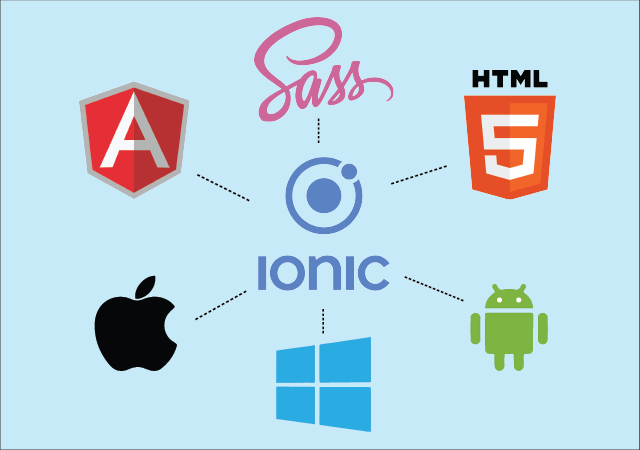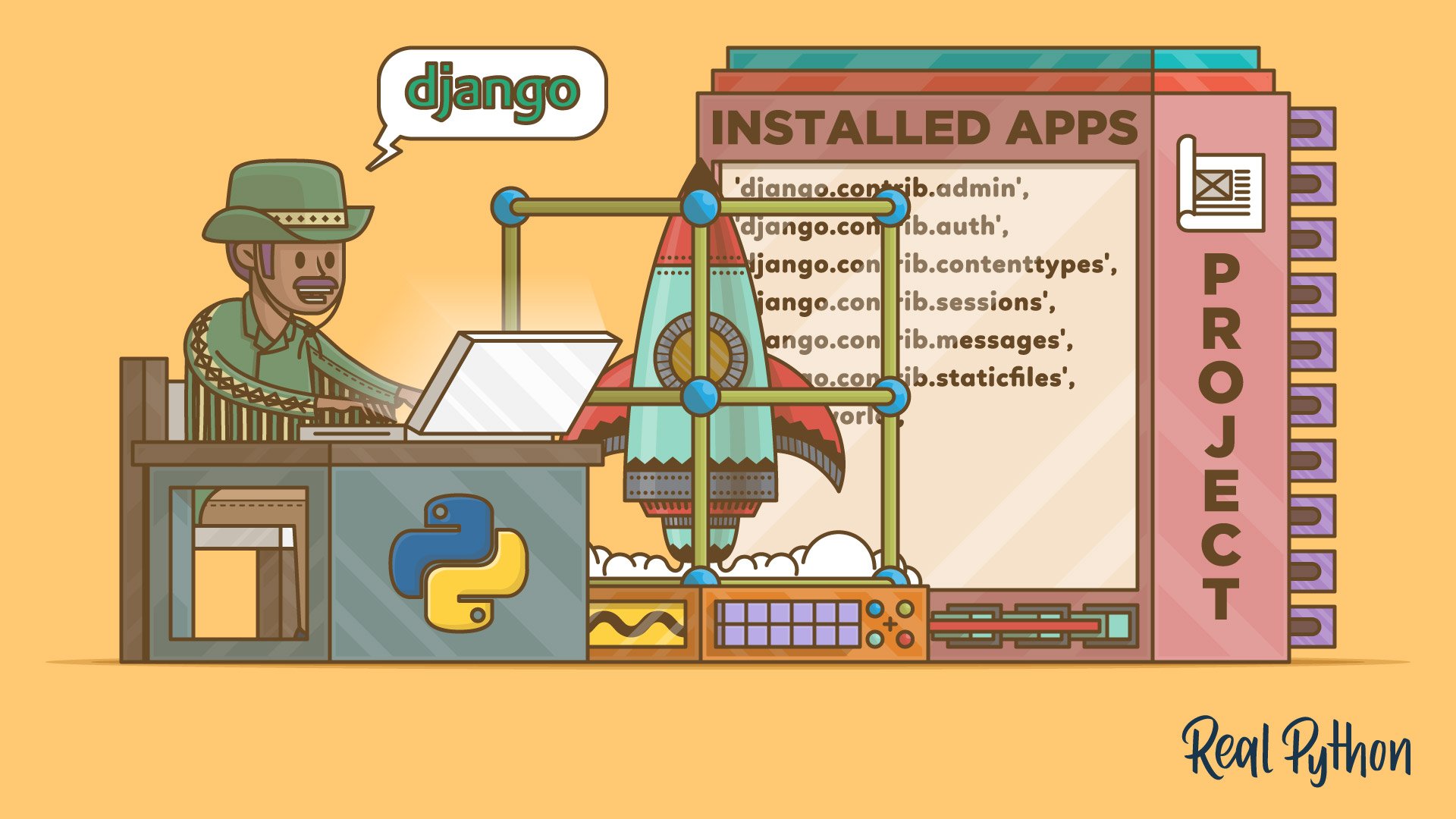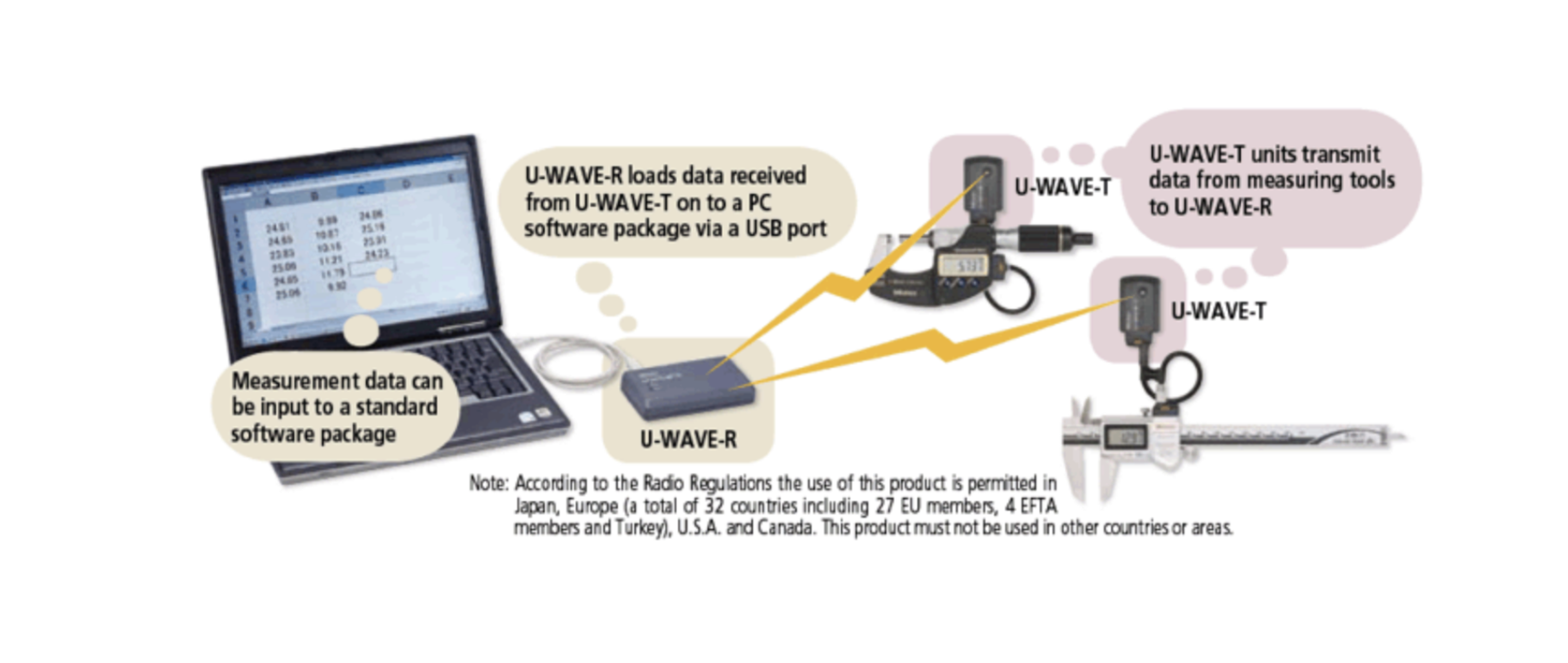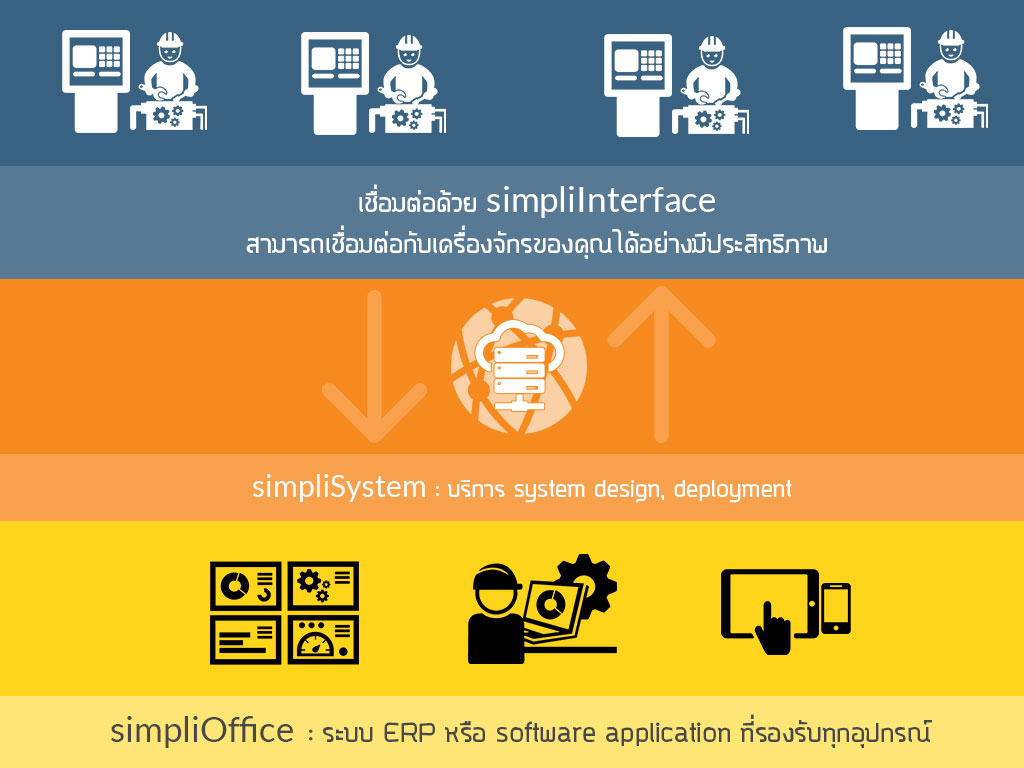How to Safely Add New Features to Legacy Code — A Developer’s Guide
Legacy code doesn’t have to be a nightmare.
At Simplico Co., Ltd., we regularly help clients improve, stabilize, and extend legacy systems that are old, undocumented, and fragile. One of the most common (and risky) tasks? Adding new features.
This guide shares our proven, step-by-step workflow for working with legacy Python code, and how to add functionality safely — without rewriting everything.

🚧 What Is Legacy Code?
Legacy code is not just “old code.” It’s any code that is:
- ❌ Difficult to understand
- ❌ Hard to test
- ❌ Risky to change
- ❌ Missing documentation
- ❌ Tightly coupled to outdated technologies
And yet... it still works. And it still runs your business.
🔁 Our Workflow: How to Add Features Safely
Adding a new feature to legacy software can feel like defusing a bomb. Here’s the process we use to do it safely, repeatably, and without breaking production.
🗺️ Mermaid.js Visual Workflow
flowchart TD
A["🧭 Understand Existing Code"]
B["🧪 Write Characterization Tests"]
C["🧹 Refactor the Relevant Area"]
D["🌱 Add the New Feature"]
E["🔄 Test, Review, and Deploy"]
F["🧽 Leave the Code Better Than You Found It"]
A --> B --> C --> D --> E --> F1️⃣ Understand What You’re Working With
Before you write a single line of code:
- Trace the flow of logic.
- Read related functions and classes.
- Look at production logs or database activity.
- Talk to users or business stakeholders.
Goal: Minimize surprises. Know what you're touching.
2️⃣ Write Characterization Tests
Legacy code usually has no tests. Before changing anything, write characterization tests — tests that capture how the code behaves today.
def test_convert_date_format():
assert convert_date("2024-01-01") == "01-Jan-2024"Use tools like:
pytestcoverage.pyunittest.mockorpytest-mock
Goal: Prevent accidental regressions.
3️⃣ Refactor (Just a Little)
Don’t rewrite everything. Just improve the part you’re about to change:
- Extract long methods
- Rename confusing variables
- Break up tightly coupled logic
- Inject dependencies for testability
Tools we use:
black,isort,rope,flake8,pylint
Goal: Make the code easier to work with — without changing its behavior.
4️⃣ Add the Feature
Now that it's tested and cleaned up, add your new functionality.
Use feature flags if the change is risky or needs staged rollout:
if settings.ENABLE_NEW_REPORT:
return new_report_logic()
else:
return old_logic()Goal: Deliver new value while keeping everything else stable.
5️⃣ Test, Review, Deploy
- Rerun all tests
- Code review with teammates
- Stage your feature with real data
- Monitor logs after deployment
Goal: Safely ship your feature with confidence.
6️⃣ Leave the Code Better Than You Found It
Before closing your pull request:
- Add comments or docstrings
- Keep tests
- Delete dead code if safe
- Log weird behaviors for the future
This is how legacy code improves — one change at a time.
🧰 Recommended Tools for Python Legacy Code
| Purpose | Tools |
|---|---|
| Testing | pytest, coverage.py, hypothesis |
| Static Analysis | flake8, pylint, bandit, radon, vulture |
| Refactoring | rope, bowler, fissix |
| Code Formatting | black, isort |
| Type Checking | mypy, pyannotate |
| Docs | pdoc, Sphinx |
| CI/CD & Automation | tox, GitHub Actions, Jenkins |
💬 Final Thoughts
Adding features to legacy systems isn’t glamorous, but it’s real engineering. The business depends on these systems, and improving them safely is a skill in high demand.
Work patiently. Test thoroughly. Refactor gradually. And always leave the code a little better than you found it.
🚀 Need Help with Legacy Code?
We specialize in Python, Django, and monolithic systems. Whether it’s refactoring, modernizing, or adding features without risk — we can help.
📧 Contact: hello@simplico.net
🌐 Website: https://www.simplico.net
Get in Touch with us
Related Posts
- How to Build an AI-Resistant Project: Ideas That Thrive on Human Interaction
- Build Your Own Cybersecurity Lab with GNS3 + Wazuh + Docker: Train, Detect, and Defend in One Platform
- How to Simulate and Train with Network Devices Using GNS3
- What Is an LMS? And Why You Should Pay Attention to Frappe LMS
- Agentic AI in Factories: Smarter, Faster, and More Autonomous Operations
- Smarter, Safer EV Fleets: Geo-Fencing and Real-Time Tracking for Electric Motorcycles
- How to Implement Google Single Sign-On (SSO) in FastAPI
- Build Your Own Taxi Booking App with Simplico: Scalable, Secure & Ready to Launch
- Building a Scalable EV Charging Backend — For Operators, Developers, and Innovators
- How to Handle Complex Pricing for Made-to-Order Products in Odoo
- How to Build a Made-to-Order Product System That Boosts Sales & Customer Satisfaction
- Transform Your Operations with Autonomous Agentic AI
- Streamline Fiber Tester Management with a Lightweight EXFO Admin Panel
- Enhancing Naval Mission Readiness with EMI Simulation: Cost-Effective Risk Reduction Using MEEP and Python
- Strengthen Your Cybersecurity Posture with Wazuh: A Scalable, Cost-Effective SIEM Solution
- OCPP Central System + Mobile App — Customer Proposal
- How TAK Systems Are Transforming Border Security
- ChatGPT-4o vs GPT-4.1 vs GPT-4.5: Which Model Is Best for You?
- Can Clients Decrypt Server Data Without the Private Key? (Spoiler: No—and Here’s Why)
- Managing JWT Authentication Across Multiple Frameworks














